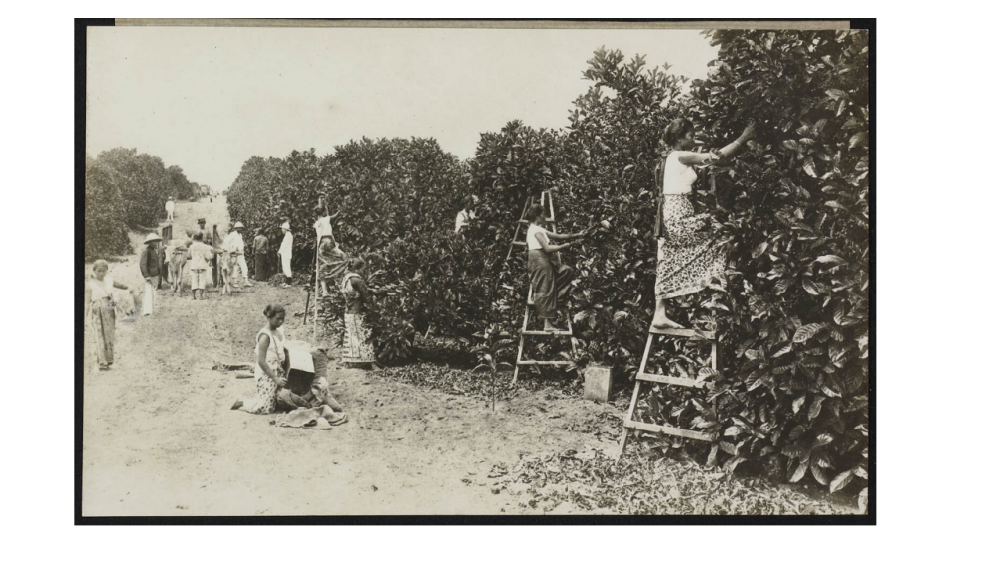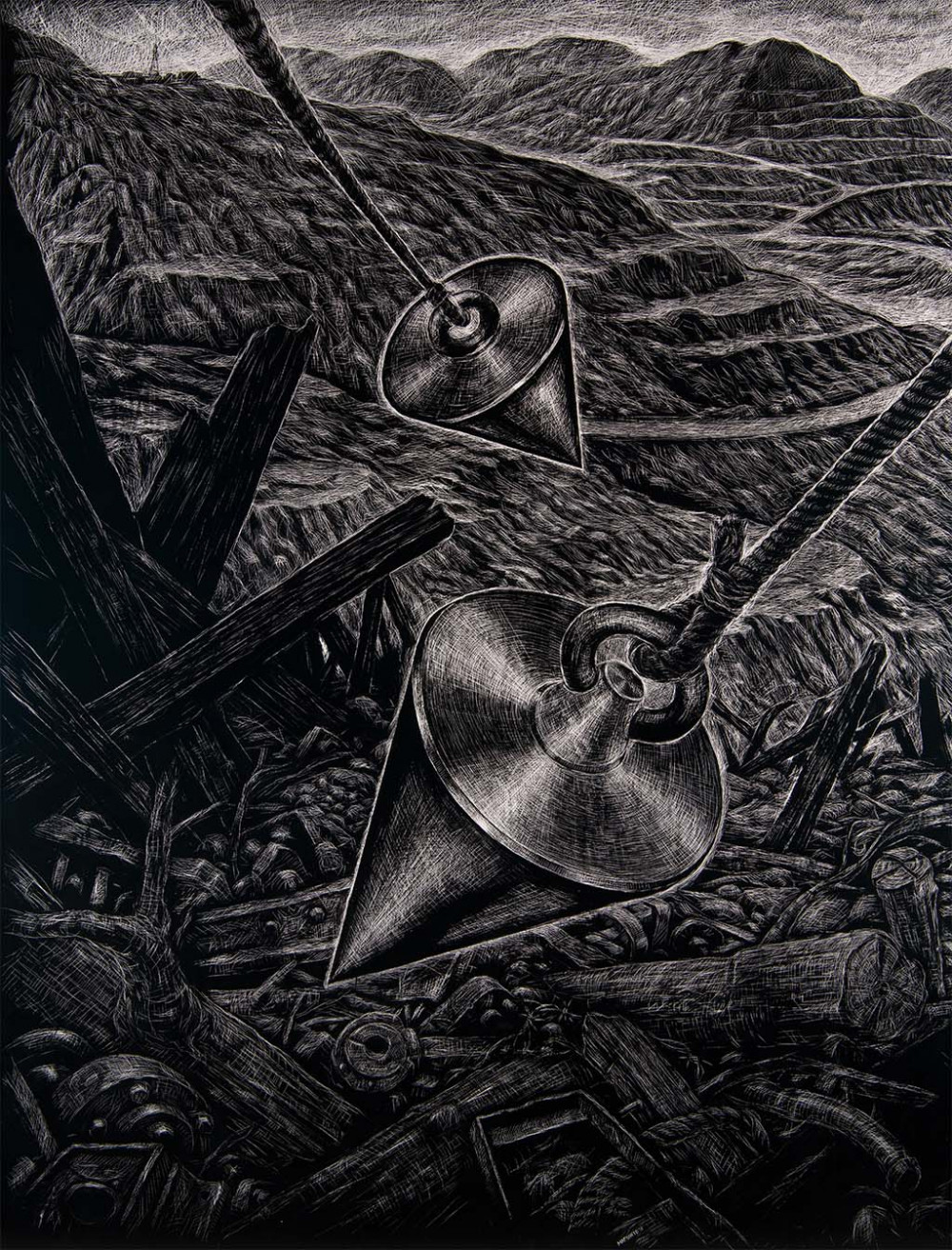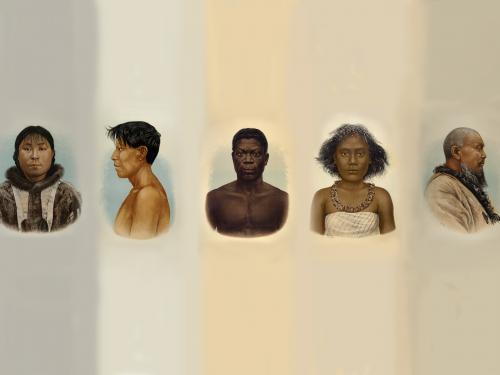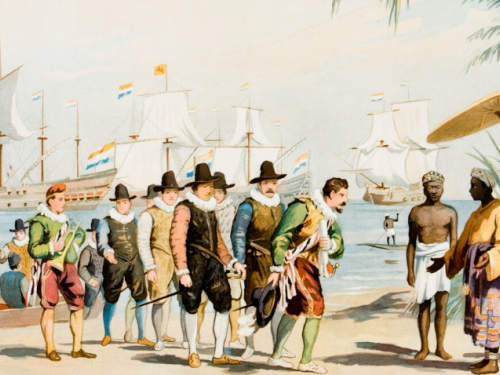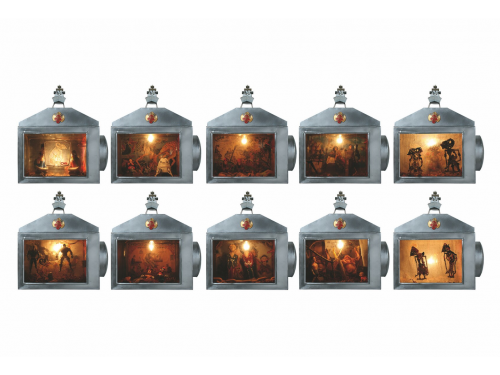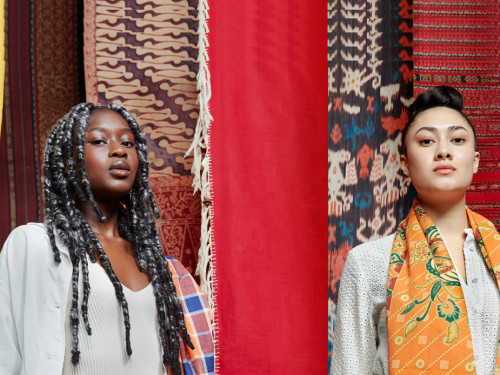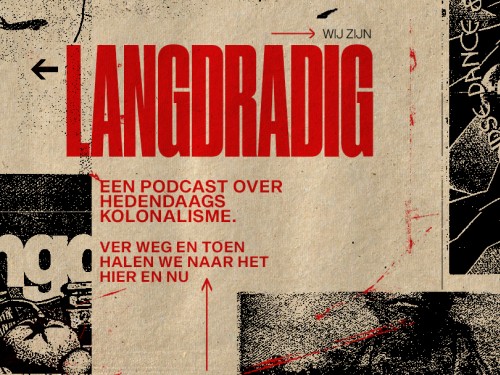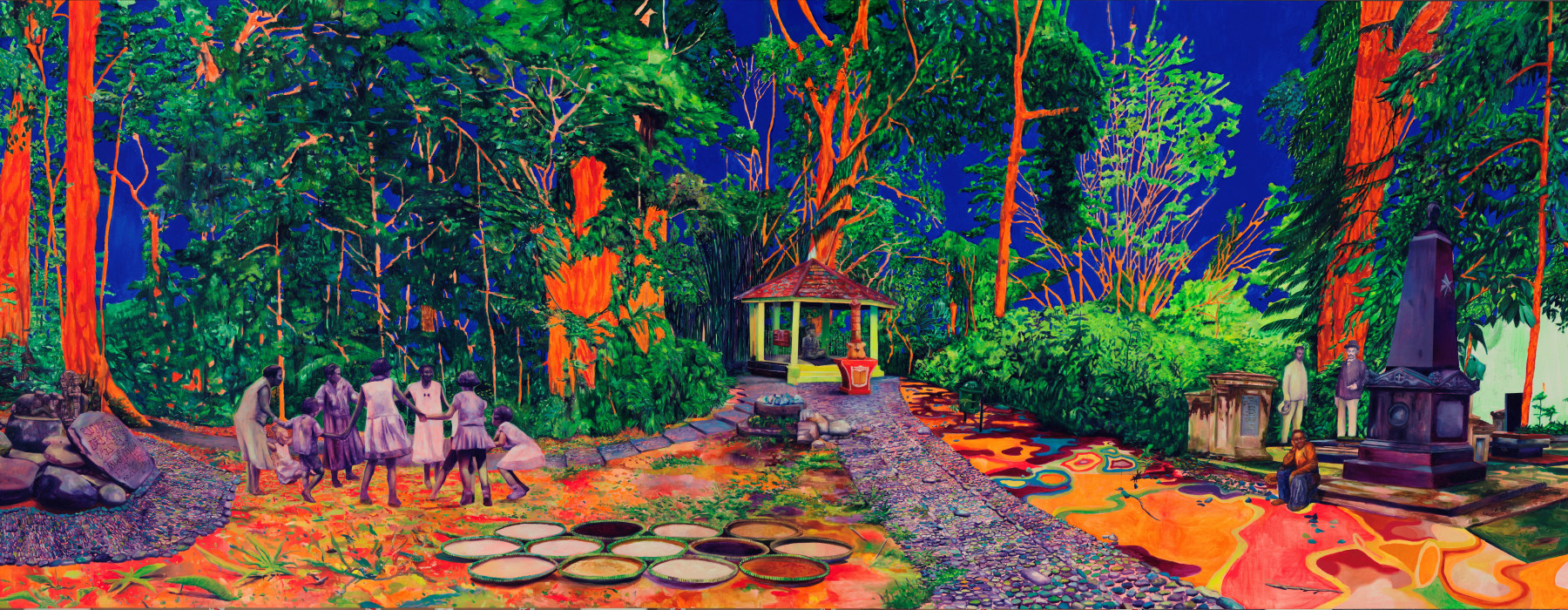
On plantations, the enslaved grew their own produce on so-called provision grounds. These grounds were not always fertile; the fertile grounds were for the plantation owner. Maroons – Africans and their descendants who escaped slavery to create their own communities away from the plantation– farmed small plots in the dense, fertile forest of Suriname. These plots were called kostgronden, the same term as used for the provision grounds on plantations.
In the forest, the maroons planted black rice, cassava, ochre and maize using seeds and cuttings, which they had smuggled, at times in their hair, out of the plantation. Sometimes they traded crops with indigenous communities and with people on plantations, creating a new trade system. These crops enabled the Maroons to survive away from the plantations, almost out of reach of the colonial government. Their vegetable gardens formed the basis for new communities that still exist to this day.
